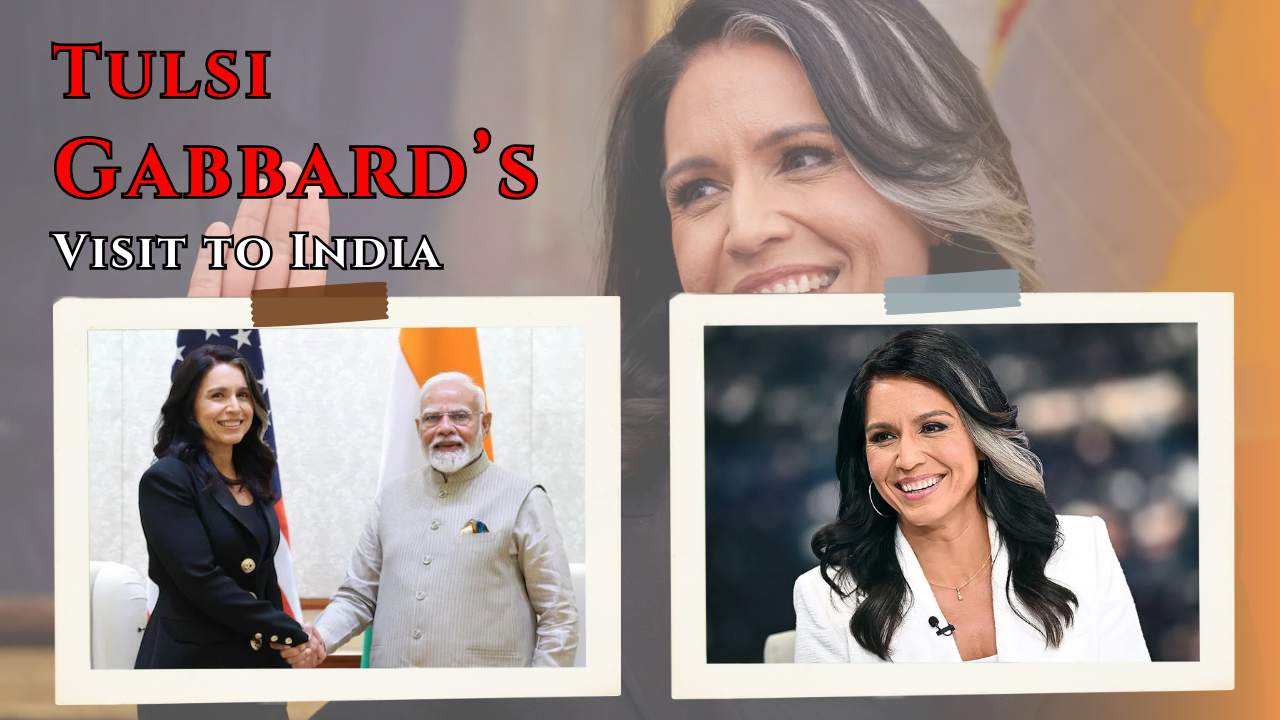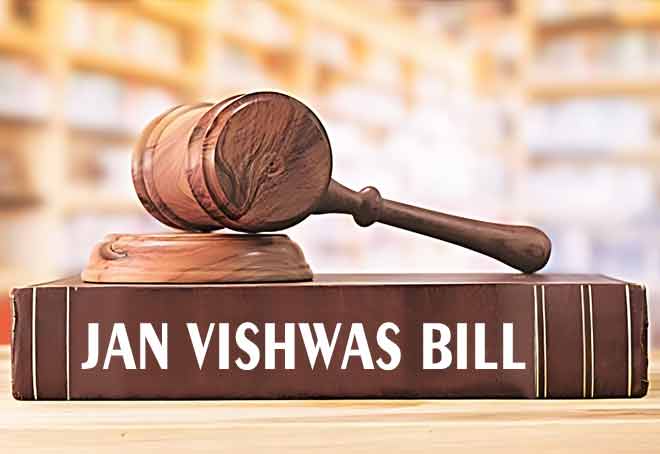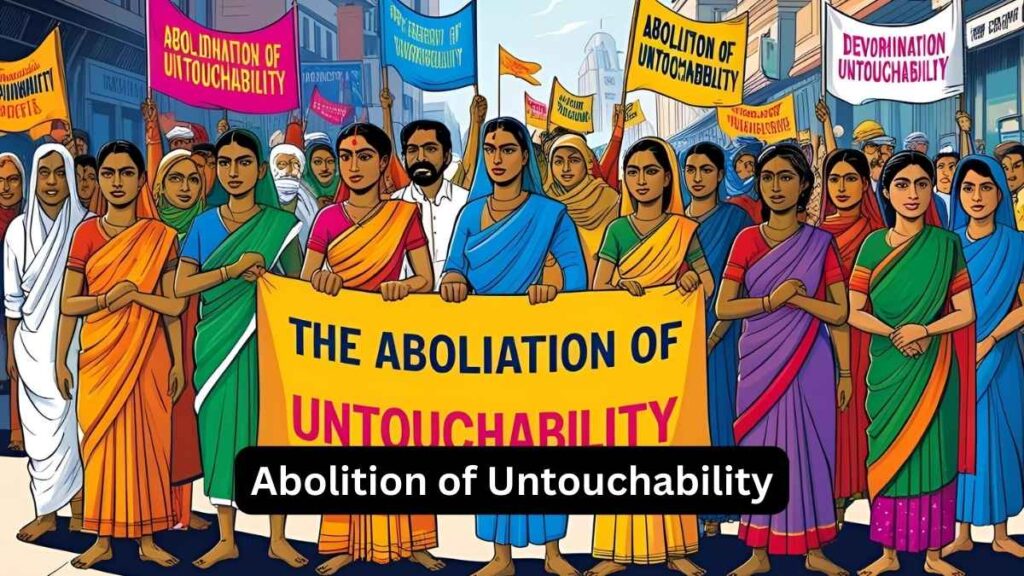A New Strategic Era: Tulsi Gabbard’s Visit to India
The Backdrop of a Global Shift
Over the past twenty years, India and the United States—two of the world’s largest democracies—have become closer friends. Their bond has grown stronger through trade, shared values, and mutual respect. But in 2025, something big happened. Tulsi Gabbard, the US Director of National Intelligence and Special Envoy on Indo-Pacific Affairs, visited India in March 2025, and her visit took this friendship to a new level.
At the time, the world was facing many serious problems—more terrorist threats, dangerous cyber-attacks, and rising tensions from powerful countries like China. The war between Russia and Ukraine was still going on. Because of all this, it became even more important for strong countries like India and the United States to work closely together—not just in trade, but in defence, intelligence, and keeping the world safe. Gabbard’s visit showed that both nations now want to build a deeper partnership to face these global challenges together.
Why Tulsi Gabbard’s Visit Mattered
Tulsi Gabbard is no stranger to India. As the first Hindu member of the US Congress and someone who has shown deep respect for Indian traditions, her presence in India was both symbolic and strategic. She was not just here to smile for photos; her meetings were meaningful and focused on some of the most urgent issues of our time.
She met with Prime Minister Modi, Defence Minister Rajnath Singh, and National Security Advisor Ajit Doval, among others. Her goal was to build trust, enhance cooperation in military technology, and most importantly, fight terrorism together. This was not just about what India and America can give each other, but about what they can do together to keep the world safer.
Deepening Defence Ties
Defence was one of the biggest topics of Gabbard’s visit. In the past, India mostly bought defence equipment from the US. But now, the two countries are planning to work together to make weapons and defence systems, especially new technologies like drones and missile defences. This is a big step from simply being buyers and sellers.
A new agreement, called the Defence Technology and Trade Initiative (DTTI) 2.0, was launched. This allows the two countries to co-develop military tools rather than just trade them. Think of it like two students doing a science project together, rather than one just lending materials to the other.
Joint military exercises like Yudh Abhyas and Tiger Triumph will become more advanced, involving the navy, army, and air force all at once. These exercises help both nations understand how the other works, making it easier to cooperate during real-life emergencies or crises. Plans were also made to station liaison officers in each other’s command centres. This means better communication, quicker responses, and stronger friendship between military teams.
The Fight Against Terrorism
India and the United States have both suffered from terrible terrorist attacks—India’s 26/11 attacks in Mumbai, and America’s 9/11 tragedy. Fighting terrorism has been a shared goal for many years, but Gabbard’s visit made it even more important.
One major concern was Khalistani extremism, a movement that supports a separate Sikh homeland and has been linked to violent activities. India has been asking the US to label certain Khalistani groups as terrorist organisations. Gabbard’s visit showed that the US is taking this request more seriously, recognising how such movements can create instability in India and even affect other parts of the world.
To make the fight against terrorism more effective, India and the US agreed to create a Joint Intelligence Coordination Cell (JICC). This unit will allow their intelligence agencies to share information quickly and safely. It’s like creating a secure hotline between two best friends who need to talk urgently when they sense trouble.
There was also discussion on how terrorists use the internet and social media to spread dangerous messages and recruit followers. Both nations agreed to work together to stop online extremism, close down financial support networks, and use technology wisely to track threats before they turn deadly.
Intelligence Sharing: Building a Circle of Trust
Just like in any friendship, trust is key. And in global politics, sharing intelligence—that is, secret or sensitive information about threats—is one of the greatest signs of trust.
During Gabbard’s visit, the US and India signed an agreement to formalise their intelligence-sharing process. This included sharing of satellite images, cyber threat alerts, and even sending intelligence officers to work in each other’s offices. Such close cooperation means faster action against common enemies, especially those hiding across borders or using technology to stay invisible.
The new Joint Intelligence Task Force will help both countries deal with modern threats like cyberattacks, digital spying, and the spread of dangerous weapons. It is meant to be a long-term partnership that helps both sides keep their people safe.
The Bigger Picture: Indo-Pacific and Global Strategy
Gabbard’s visit was not just about India and the US. It was also about the larger region known as the Indo-Pacific, which stretches from India to the western shores of the United States, including important countries like Japan and Australia. This region is becoming the centre of global politics and economy—and it’s also where a lot of trouble can start if peace is not carefully protected.
China’s growing influence and military activities, especially in the South China Sea, are making many countries nervous. Gabbard’s visit showed that India and the US want to work together to keep this region safe and free, not under the control of any one country.
The two nations also reaffirmed their role in the Quad, a group that includes Japan and Australia. They promised to cooperate on maritime security, pandemic preparedness, and building stronger economies that are not too dependent on any one power like China.
This does not mean India and the US are trying to start a war or be enemies with China. Rather, they are trying to keep the peace by showing that free and democratic countries can stick together and protect shared values.
Shared Concerns: Bangladesh, the Middle East, and Russia
Gabbard did not shy away from talking about other global issues. She mentioned the persecution of religious minorities in Bangladesh, a concern that India shares due to its close borders and past experiences with violence spilling over.
She also defended US military actions against the Houthi rebels in the Middle East, explaining how their attacks on ships in the Red Sea disrupted global trade. By aligning with these views, India showed that it too cares about safe sea routes and global peace.
Gabbard also spoke about the Russia-Ukraine war, saying the US wanted to help bring about peace. This was another area where India and the US could find common ground, as India has tried to balance its old friendship with Russia and its new role as a global democratic power.
Realism and Idealism: Balancing Power with Principles
One of the most thoughtful parts of Gabbard’s visit was her focus on values. She spoke not only about guns and missiles, but also about culture, democracy, and respect for diversity. She visited temples, met civil society groups, and stressed that India and the US share more than interests—they share ideals.
This mix of realism (facing the world as it is) and idealism (dreaming of how it should be) made her visit especially meaningful. Gabbard’s personal background as a Hindu, a soldier, and a diplomat made her a perfect bridge between the two countries.
India’s foreign policy today is based on “multi-alignment”—a fancy word for making friends with everyone, while keeping national interests in mind. Gabbard showed that this approach could work well with America’s own wish for strong but respectful alliances.
What Lies Ahead
Even though Gabbard’s visit was very successful, challenges remain. The two countries still have differences on trade, climate change, and digital governance. India still buys weapons from Russia, and it has its own complex relationships with countries like Iran and Myanmar.
At the same time, both India and the US face political uncertainties at home. With elections, changing governments, and public opinions always in motion, it is important to make sure that the partnership grows beyond just the leaders of the day.
The biggest challenge will be to make this partnership permanent, built not just on paper agreements, but on trust, understanding, and shared action.
Conclusion: A Friendship for the Future
Tulsi Gabbard’s visit to India in March 2025 was far more than a diplomatic stop—it was a signal to the world that India and the United States are ready to take their friendship to the next level. By expanding defence cooperation, sharing intelligence like trusted allies, and tackling terrorism hand-in-hand, they are proving that two powerful democracies can shape a safer, fairer world.
This is not just about the governments—it is about the people. The students, the scientists, the soldiers, the business leaders, and the ordinary citizens of both countries stand to gain from this stronger relationship.
In a world that is often divided by conflict and confusion, the India–US partnership stands out as a beacon of hope, built on the pillars of mutual respect, shared responsibility, and a commitment to global peace.
Subscribe to our Youtube Channel for more Valuable Content – TheStudyias
Download the App to Subscribe to our Courses – Thestudyias
The Source’s Authority and Ownership of the Article is Claimed By THE STUDY IAS BY MANIKANT SINGH



